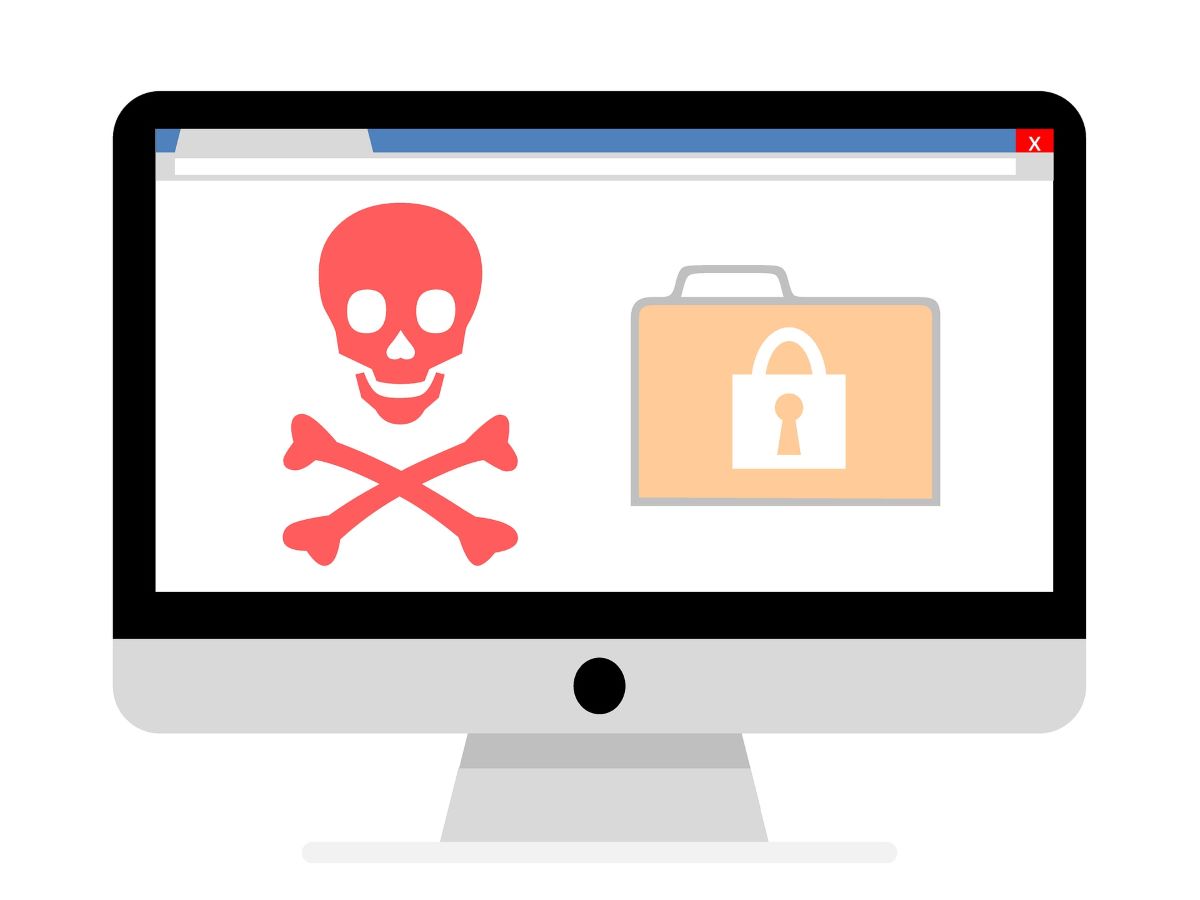
Ransomware attacks are on the rise, hitting headlines with alarming frequency. From national gas pipelines to meat suppliers, and even small businesses and individuals, no organization is immune. Now more than ever, companies must protect their systems and educate staff on how to reduce the risk of ransomware.
People, businesses, hospitals, city governments, and other organizations have long been targets of ransomware attacks. Two recent examples illustrate the scope and impact:
These incidents highlight that ransomware can affect any organization, large or small, and that the consequences can ripple far beyond the target itself.
Many ransomware attacks start with a simple lapse in security practices. In the Colonial Pipeline incident, a compromised password gave hackers access to a dormant account, one that was not protected with additional security measures, such as two-factor authentication (2FA).
Two-factor authentication adds an extra layer of security. Users must provide two forms of verification when logging into an account. For companies with multiple systems and resources, this simple measure can dramatically reduce the risk of unauthorized access.
While Colonial Pipeline lacked preventative tools, they did have an emergency response plan. Having such a plan, along with a capable IT team ready to act swiftly, is crucial for minimizing damage when attacks occur.
Security isn’t just about technology; it’s about people and processes. To protect your infrastructure:
Following these straightforward practices can reduce the risk and even prevent ransomware attacks before they happen. Want to learn more about two-factor authentication and other ways to protect your business? Click here to speak to an expert!